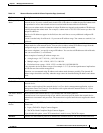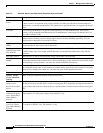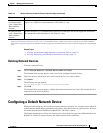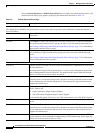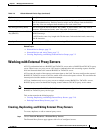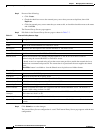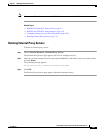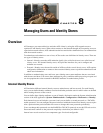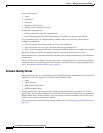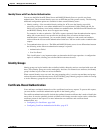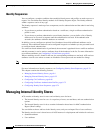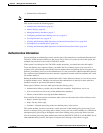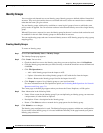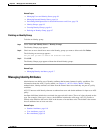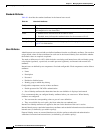
CHAPTER
8-1
User Guide for Cisco Secure Access Control System 5.3
OL-24201-01
8
Managing Users and Identity Stores
Overview
ACS manages your network devices and other ACS clients by using the ACS network resource
repositories and identity stores. When a host connects to the network through ACS requesting access to
a particular network resource, ACS authenticates the host and decides whether the host can communicate
with the network resource.
To authenticate and authorize a user or host, ACS uses the user definitions in identity stores. There are
two types of identity stores:
• Internal—Identity stores that ACS maintains locally (also called local stores) are called internal
identity stores. For internal identity stores, ACS provides interfaces for you to configure and
maintain user records.
• External—Identity stores that reside outside of ACS are called external identity stores. ACS requires
configuration information to connect to these external identity stores to perform authentication and
obtain user information.
In addition to authenticating users and hosts, most identity stores return attributes that are associated
with the users and hosts. You can use these attributes in policy conditions while processing a request and
can also populate the values returned for RADIUS attributes in authorization profiles.
Internal Identity Stores
ACS maintains different internal identity stores to maintain user and host records. For each identity
store, you can define identity attributes associated with that particular store for which values are defined
while creating the user or host records.
You can define these identity attributes as part of identity dictionaries under the System Administration
section of the ACS application (System Administration > Configuration > Dictionaries > Identity).
Each internal user record includes a password, and you can define a second password as a TACACS+
enable password. You can configure the password stored within the internal user identity store to expire
after a particular time period and thus force users to change their own passwords periodically.
Users can change their passwords over the RADIUS or TACACS+ protocols or use the UCP web service.
Passwords must conform to the password complexity criteria that you define in ACS.
Internal user records consist of two component types: fixed and configurable.



